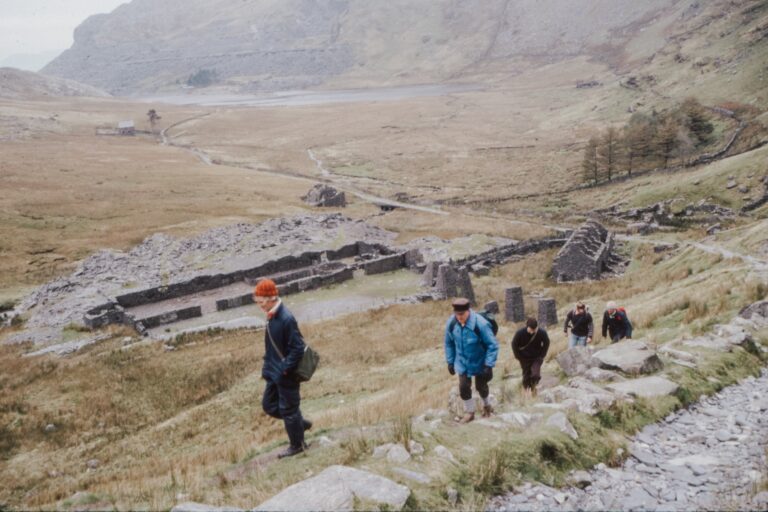Project Description
The study of agricultural and animal husbandry practices in archaeology provides important evidence for past economic, social and cultural lifeways. Archaeological data also have the potential to inform modern small-scale and sustainably farming methods (see review in Fisher 2020). The climates, environments, thin soils, and limited growing seasons found across Northern Europe represent significant challenges to contemporary farming, and in the past likely required unique adaptations (e.g., soil improvement; over-wintering animals in byres; sea-weed foddering; silvopasture; agroforestry; etc). Zooarchaeology (the study of animals in the past), particularly advanced methodologies such as the isotope analysis of faunal tooth and bone, can provide direct evidence for animal lives in the past, and through this illuminate past cultural behaviour and human-animal-environmental interactions (Kinaston 2023).
The aim of this project is to shed new light on pastoralism at the periphery of Europe in the late Iron Age and Early Medieval period (AD 500—1100), and to provide novel direct evidence for historical animal husbandry and management practices. The focus will be on determining grazing and foddering practices employed, and the management of animals, which could have contributed to optimising production in ‘fringe’ regions. Multi-method advanced zooarchaeological techniques will be employed, depending on the background and interests of the student. These will include, but are not restricted to, the analysis of diet through stable isotope analysis (carbon, nitrogen, sulphur), including intra-tooth approaches to illuminate seasonal feeding practices; dental microwear to provide further evidence of seasonal dietary composition; and/or the analysis of plant microfossils preserved within dental calculus. Other intra-tooth isotopic approaches (oxygen) could be employed to explore potential manipulation of birth seasonality and possible relationships to production mode (e.g., dairying). Case studies will be drawn from across Northern Europe, specifically Scotland and Fennoscandia.
In addition to generating new evidence using (bio)archaeological science methodologies, the student will be expected to contextualise their findings within the archaeological and environmental framework for each of their study sites/regions, including the evidence for local vegetation and the use of wild foods. The results of this study will not only provide novel, direct evidence for past pastoral practices in these peripheral regions (and how these operated within local cultural and environmental parameters), but also how these connected to (and even influenced) the larger-scale economies of the period in more ‘central’ zones. Finally, the findings of this research could also contribute new perspectives to current debates on sustainable animal management practices in northerly regions and the ways in which these can best operate within a context of ecological restoration and the maintenance of biodiversity.
The student should have a background in archaeology, palaeoecology or a closely-related subject, and have an interest in the archaeology of late Iron Age/Early Medieval Europe. The student will be supported by supervisors with expertise in the archaeology of the Late Iron Age/Early Medieval Europe (Hillerdal, Gleeson) and isotopic and ecological methods in archaeology (Britton, Stratigos).
CANDIDATE BACKGROUND
Essential: The successful applicant should be familiar with, and preferably have experience working with, Iron Age and Early Medieval archaeology and/or Environmental Archaeology/or the application of palaeoecological approaches to archaeological sites. Specialisms could include, but are not limited to, use-wear analysis, zooarchaeology, palynology, archaeological and paleoenvironmental chemistry, ecological modelling ad GIS approaches. A biology / ecology background could also bring relevant skills to the project.
Desirable: Practice-based knowledge related to land management and conservation, agriculture or animal husbandry, heritage breeds or plants, or manufacture of agricultural products.
Photo by Annie Spratt on Unsplash
Supervisors
Charlotta HillerdalPrimary Supervisor: | Profile: Charlotta Hillerdal Email: c.hillerdal@abdn.ac.uk Institution: University of Aberdeen Department/School: School of Geosciences |
Patrick GleesonSecondary Supervisor: | Profile: Patrick Gleeson Email: p.gleeson@qub.ac.uk Institution: Queen's University, Belfast Department/School: School of Natural and Built Environment |
Kate BrittonAdditional Supervisor: | Profile: Kate Britton Email: k.britton@abdn.ac.uk Institution: University of Aberdeen Department/School: School of Geosciences |
Additional Supervisor: | Dr Michael Stratigos, University of Aberdeen, School of Geosciences, Archaeology/Interdisciplinary Centre |
References
Fisher, C. (2020). “Archaeology for Sustainable Agriculture.” Journal of Archaeological Research 28(3): 393-441.
Kinaston, R. L. (2023). Isotopes, Domestication, and Past Animal Husbandry Practices: A Review of the Formative Studies. Exploring Human Behavior Through Isotope Analysis: Applications in Archaeological Research. M. M. Beasley and A. D. Somerville. Cham, Springer International Publishing: 155-180.
QUADRAT Themes
- biodiversity
- environmental-management






















































